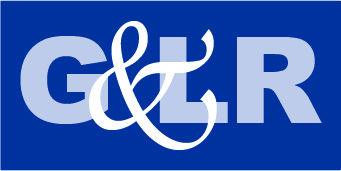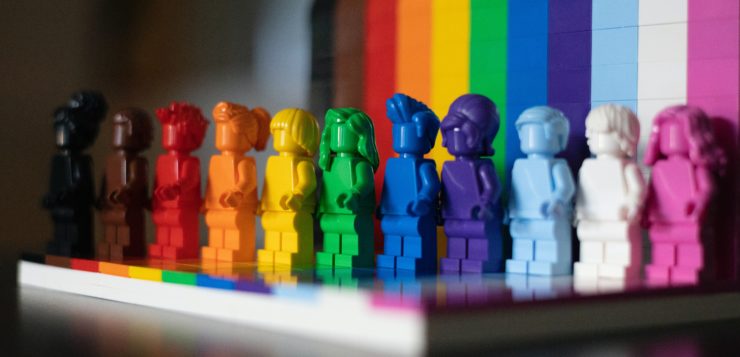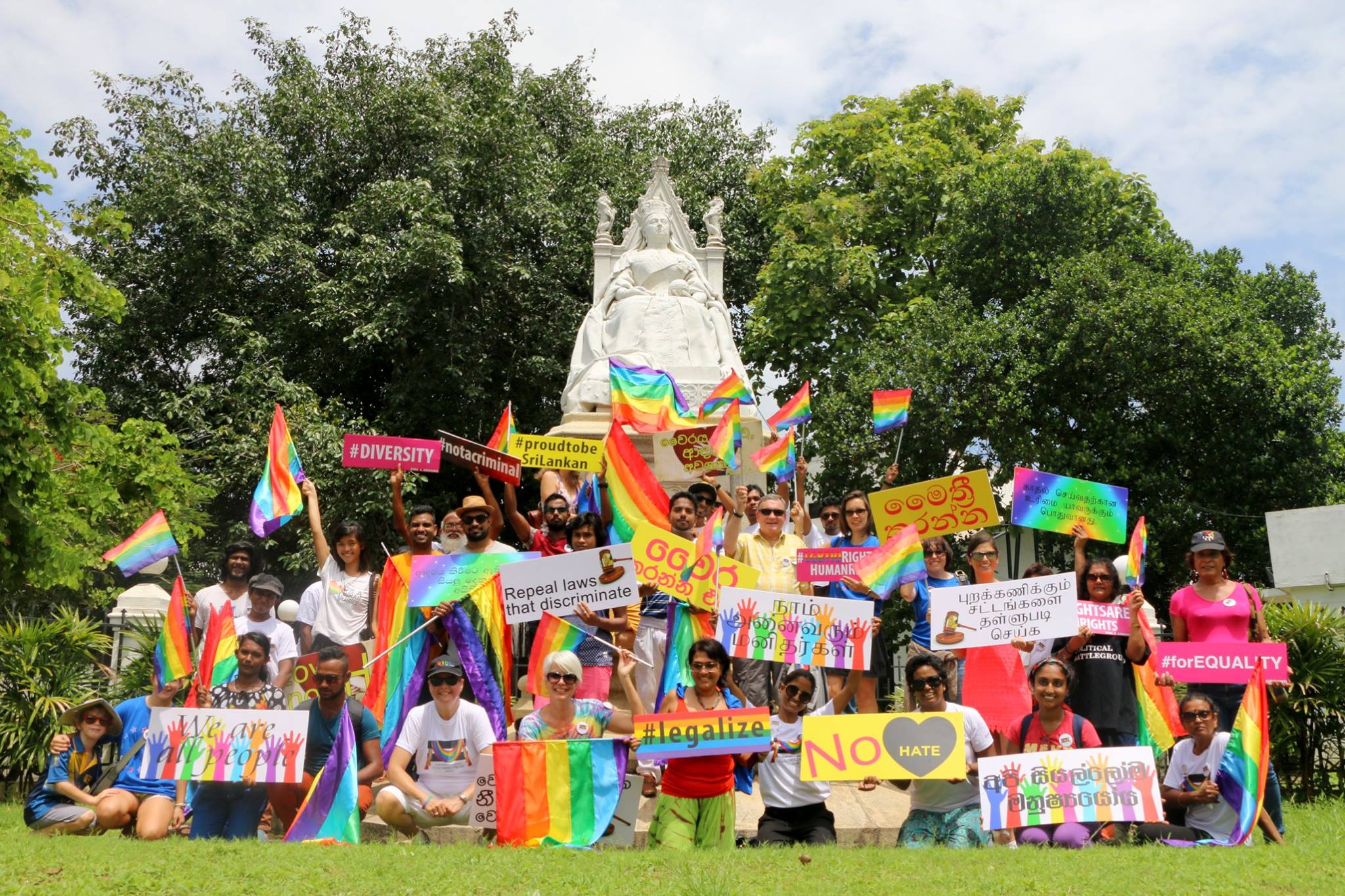
IF WE’D BEEN ABLE to adopt a second child, I wouldn’t be writing this. My spouse and I adopted our son in 2015. That experience wasn’t “easy,” but when we tried to adopt a sibling for him starting in 2020, we encountered a very different landscape and, ultimately, four disrupted adoptions.
You wouldn’t be wrong in diagnosing me with a case of sour grapes. But adoption websites are often cloyingly sweet, so perhaps a palette cleanser is in order.
As queer people, those of us who want to be parents face an uphill battle against anti-LGBTQ+ legislation, cultural tropes, and financial hurdles. If you’re among the approximately 10% of people who experience infertility, perhaps you’ve already been advised to “just adopt” or to “think of all the kids who need homes” (the latter is a myth that’s in heavy rotation with the recent overturn of Roe vs. Wade).
The desire for children is a mix of biological drive, social indoctrination, and whatever you call the thing that makes your heart tighten when you see tiny shoes at Target. It would be impossible to provide “advice” on such an immense topic. Here, instead, is a humble roundup of what I didn’t know ten years ago, when we first set foot in the adoption world, or even three years ago, when we went back for more, with a few links to books and articles that provide more information and/or firsthand accounts.
International adoption
Average cost: $35,000-$70,000
My ex and I used to daydream about adopting internationally. She had traveled extensively in Europe, and we both grew up watching 20/20 reports on Romanian orphanages. When I was a kid in the ‘80s, most of the adoptees I knew, including my cousin, were born in Korea. Later China was the place. And Guatemala. Then Ethiopia. Waves of geopolitics have crashed down on birth families and adoptive families, sometimes resulting in logistical quagmires, as when, in the early 2000s, Guatemala attempted to rectify fraudulent adoptions leaving nearly 3,000 pending adoptions in limbo.
This speaks to a central problem with international adoption: It’s difficult to know the ethics of the situation you’re entering. Did the child’s birth parents die? Did they surrender their child voluntarily? What is voluntary surrender anyway, if there’s no social safety net? Were the Samoan parents told that they were placing their child with an American family so they could have an education and opportunities abroad, and not that they were giving up all their rights?
Answers can get lost in translation and over time. There are organizations that help adoptees reunite with birth families overseas, and some countries and agencies facilitate varying degrees of openness from the start. In a globalized, connected world, it’s hard to keep closed adoptions closed forever, and that’s probably a good thing.
Private domestic adoption
Average cost: $20,000-$45,000
Most contemporary American adoptions are open or partially open. The mid-century model of shame, secrecy, and coercion—in which pregnant women “went away” to maternity homes and never got to see their children—served birth mothers* and adoptees poorly. Arguably, it advantaged the adoptive parents, who got to carry on as if a literal stork had dropped a baby on their doorstep.
Now, for good reason, birth mothers have more rights, and in some ways, the power dynamics have flipped, at least prior to placement. Expectant moms work with an attorney or agency, which shares profiles of their clients, the hopeful adoptive parents who have paid them to present glossy brochures or websites marketing themselves as people you’d want to raise your child. Moms choose one or two families to meet with, and if they like each other, they’re “matched,” the adoption equivalent of being engaged or in escrow. She can change her mind at any point in the process, up until signing a termination of parental rights after the birth.
We chose this method after reading The Kid, Dan Savage’s 1999 account of adopting his son, because it seemed the most ethical, if still not exactly equitable. Our country’s social safety net is in tatters, but it exists. We figured that anyone who placed her child with us would do so because she really wanted to, or really needed to, but not (just) because she was poor.
We got engaged four times.
The first time, the baby lived with us for two weeks. It turned out what his mother really needed was postpartum mental health support. The second time, it turned out the mom was scamming us: she’d already matched with another family, through another agency. The third time, we matched with a homeless 19-year-old who was already parenting an 11-month-old. Once she found a shelter, she changed her mind about adoption. The fourth time, we matched with a kind-hearted, meth-addicted mother who’d already placed four children for adoption. If anything was a sure thing, this seemed to be it. But the birth father objected, and the baby went into foster care.
It took an expensive, maddening cadre of adoption professionals to arrange all this failure. In our fourth match, for example, we worked with an attorney near our home in LA, an agency that conducted our home study, a Nevada agency who worked with the expectant mom, and a Nevada attorney who would have finalized the adoption, if we’d ever gotten to that point.
The meth, opioid, and housing crises have T-boned the adoption world like an 18-wheeler. Our son’s own birth mother was a 29-year-old hairdresser with no drug use history. Most of the expectant moms we’ve encountered in the past two years are in much more acute states of crisis. The unpredictability in their lives became the unpredictability in ours.
The industry—and it is very much an industry—has handled these added risks by making hopeful adoptive parents shoulder the burden. They, after all, have businesses to run. Some fees are partially refundable, some are not. Our family took calculated risks that still haunt my dreams, and our calculations failed.
Foster-to-adopt
Average cost: families receive stipends to parent children in the system
The foster care system has rightfully come under fire for stacking the cards against poor, Black, and Brown families. The system has also been criticized for placing children with unfit foster parents who are in it for the money.
The good news, according to the social worker who led the training my partner and I did earlier this year, is that the tides have turned: Now many more people become foster parents because they want to welcome children into their families. And many of those people want to do so permanently.
Not so fast, says the foster care system. Again, rightfully. Biological families have in the range of two years to take the steps necessary to reunite with their children. When the system works as it should, this gives them time to go to rehab, take parenting classes, and generally get their lives in order while their children are in a safe place. Or, if they’re not able to take those steps, children can be adopted by their foster parents.
But children are often placed in homes before anyone has all the information. Friends of ours took in a newborn whose biological parents couldn’t care for him. They were told the baby’s grandma felt she was too old to raise him. Great, our friends thought, this was their chance to be parents. A couple of months later, the grandma changed her mind and took the baby.
For every story of system failure, deep trauma, and relatives who come out of the woodwork, there’s another story of a child successfully reunited with their parents, or successfully and smoothly adopted into a family. You just don’t know which story you’re walking into.
In conclusion, inconclusively
The calculation that each would-be parent makes is as personal and complicated as anything that lives in your heart, body, and the world: as complicated as gender, attraction, and marriage.
Part way through our foster training, I watched The 100-Foot Wave, an HBO documentary on big wave surfing. Surfer Garrett McNamara travels to Nazare, Portugal, where jagged cliffs and ocean currents combine to make a perfect storm (almost literally) for daredevil surfers. McNamara and his friends mount jet skis and tow each other into waves that are the definition of sublime: magnificent, awe-inspiring, and terrifying. I think this is what parenting is, and even the process of becoming a parent. It’s a way to be part of nature, part of a world bigger than yourself. It also takes something from you, and at worst, it nearly destroys you.
“It’s a personal decision” sounds so pat, so unhelpful. So instead I’ll say this: Face the wave. If it calls to you, ride it.
*I’m using the term “mothers” to refer to people carrying babies, but that’s a simplification. We encountered one pregnant trans man in our adoption attempt, and there are others like him. Biological fathers—the sperm providers—are also often involved in adoption decisions, and they have legal rights as well.
 Cheryl E. Klein is the author of CRYBABY (Brown Paper Press), a memoir about wanting a baby and getting cancer instead. She is a Senior Editor and columnist for MUTHA Magazine, where she often writes about adoption, fear, and her hatred of LEGOs. Follow her on Twitter: @CherylEKleinLA.
Cheryl E. Klein is the author of CRYBABY (Brown Paper Press), a memoir about wanting a baby and getting cancer instead. She is a Senior Editor and columnist for MUTHA Magazine, where she often writes about adoption, fear, and her hatred of LEGOs. Follow her on Twitter: @CherylEKleinLA.





